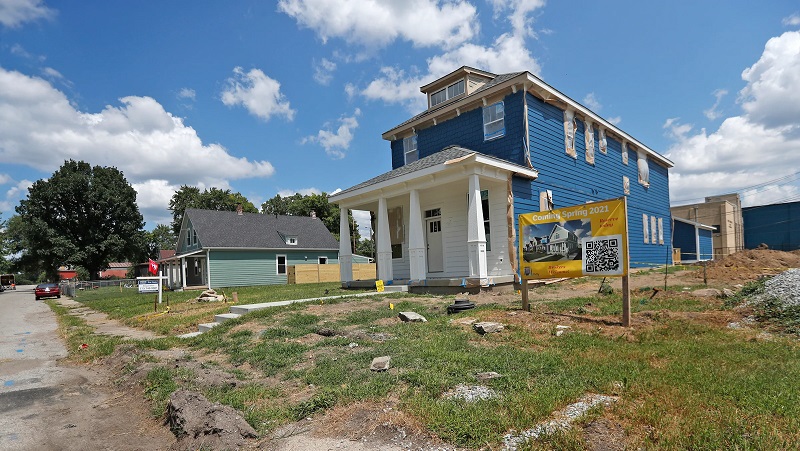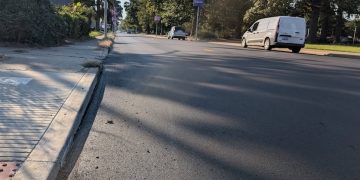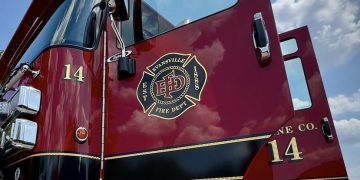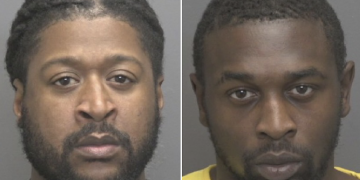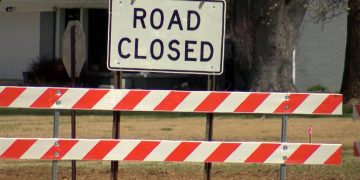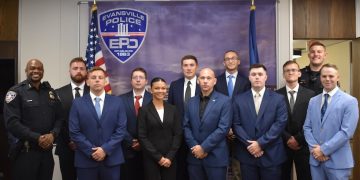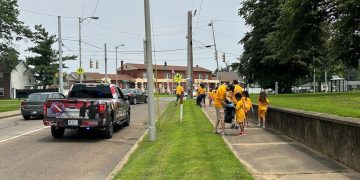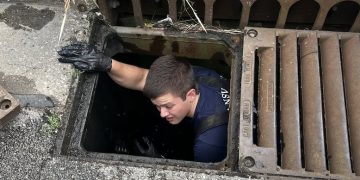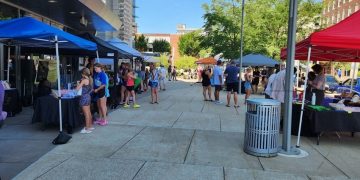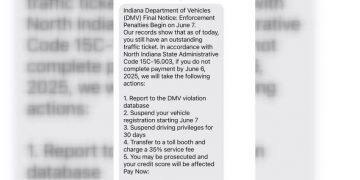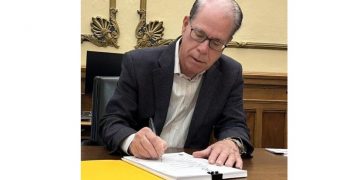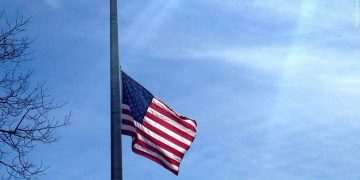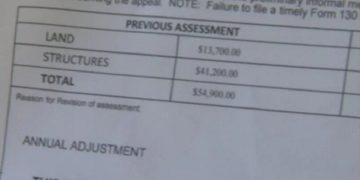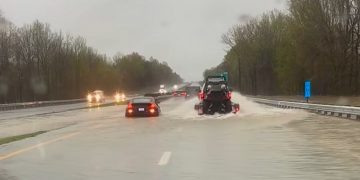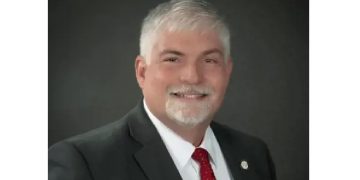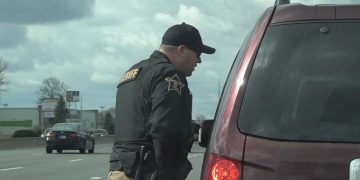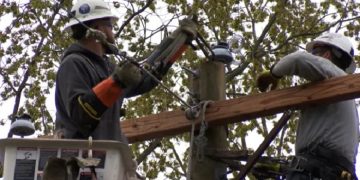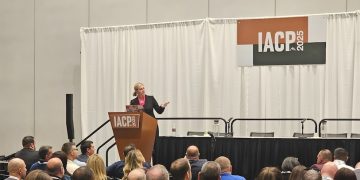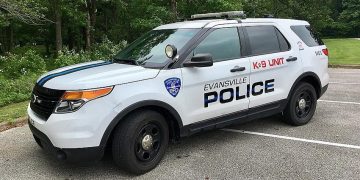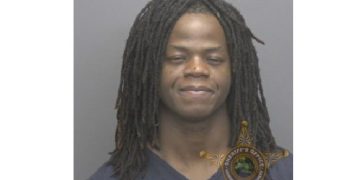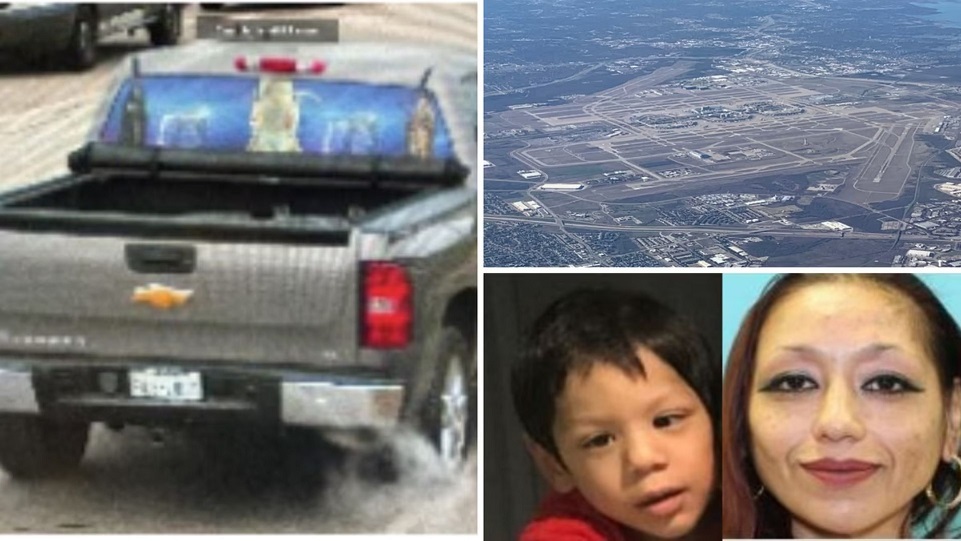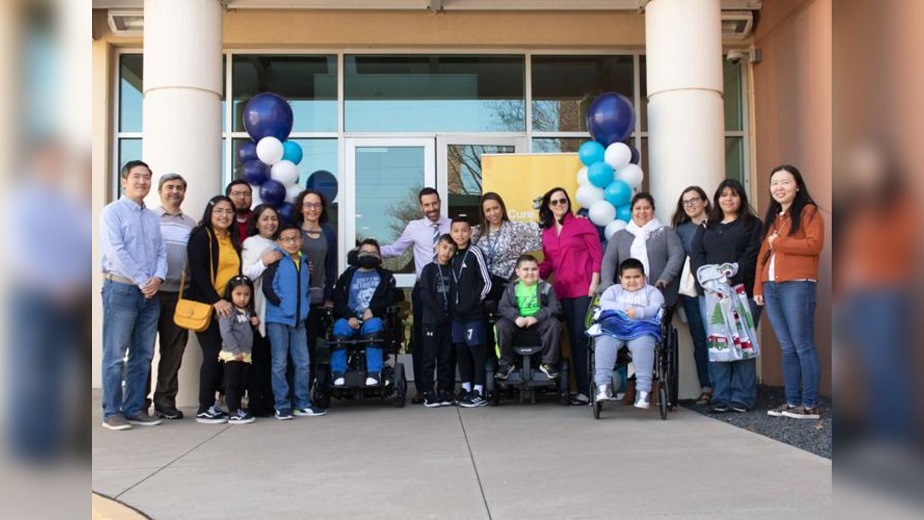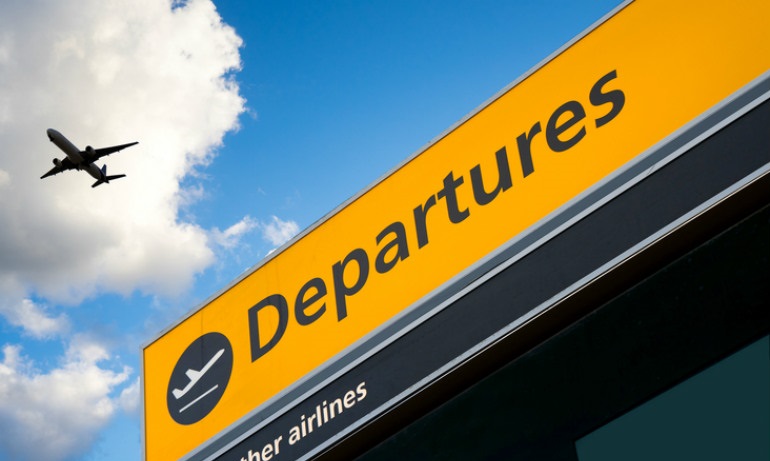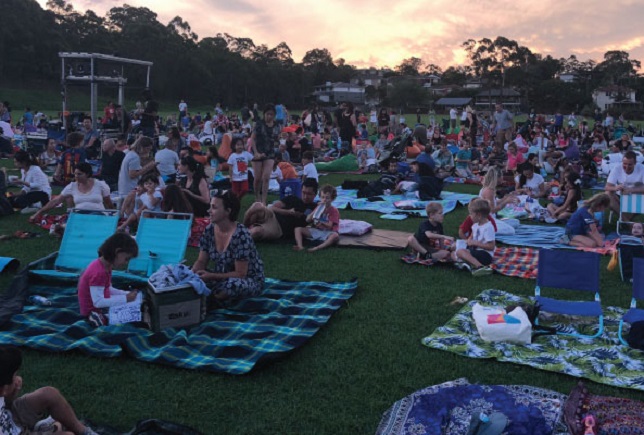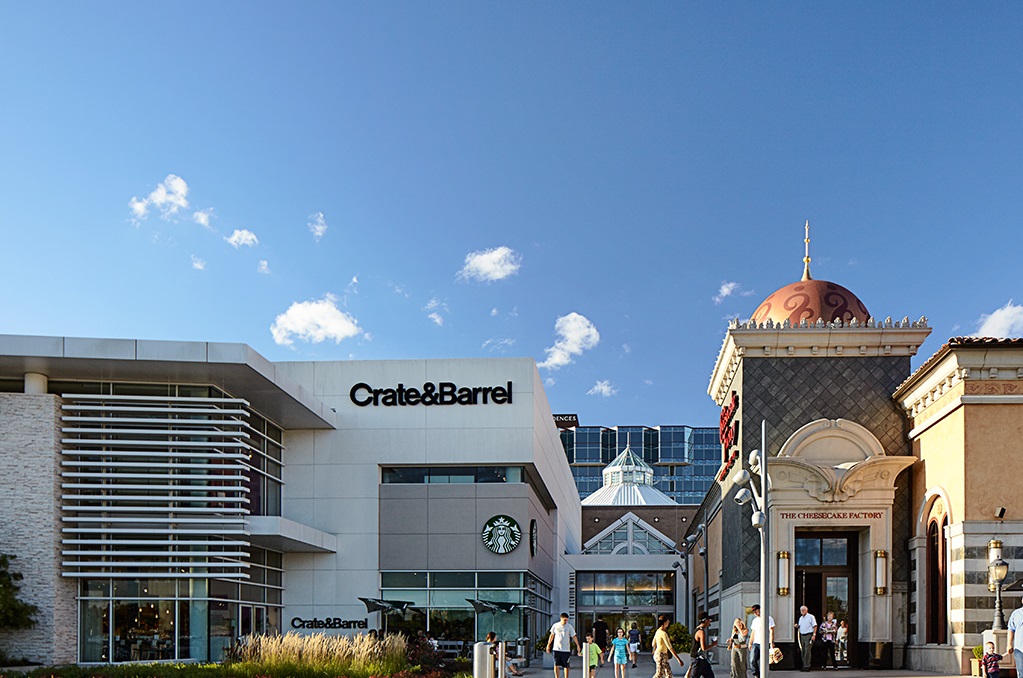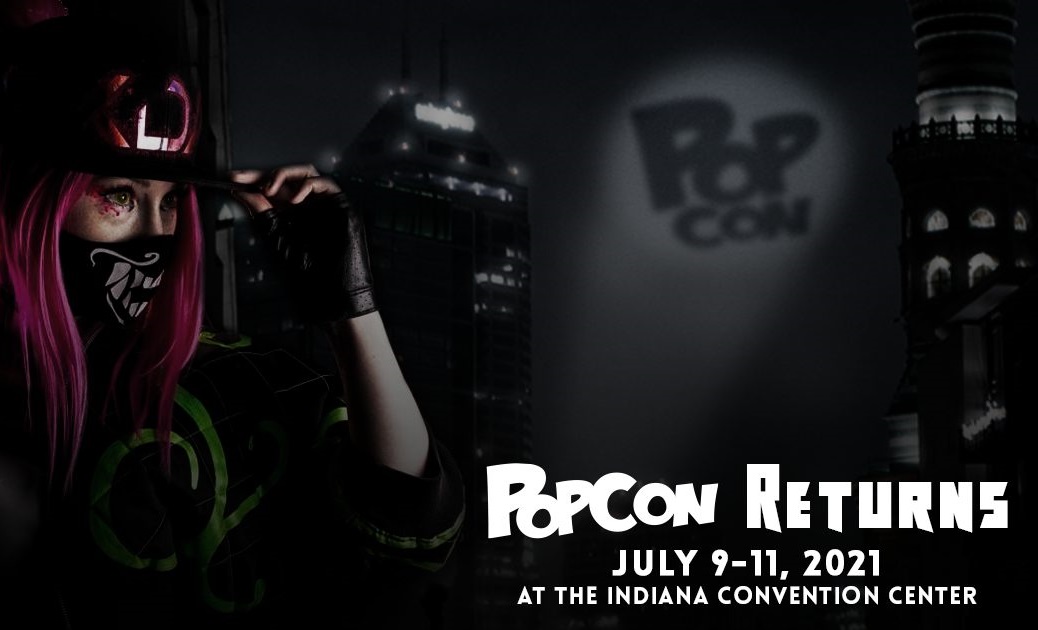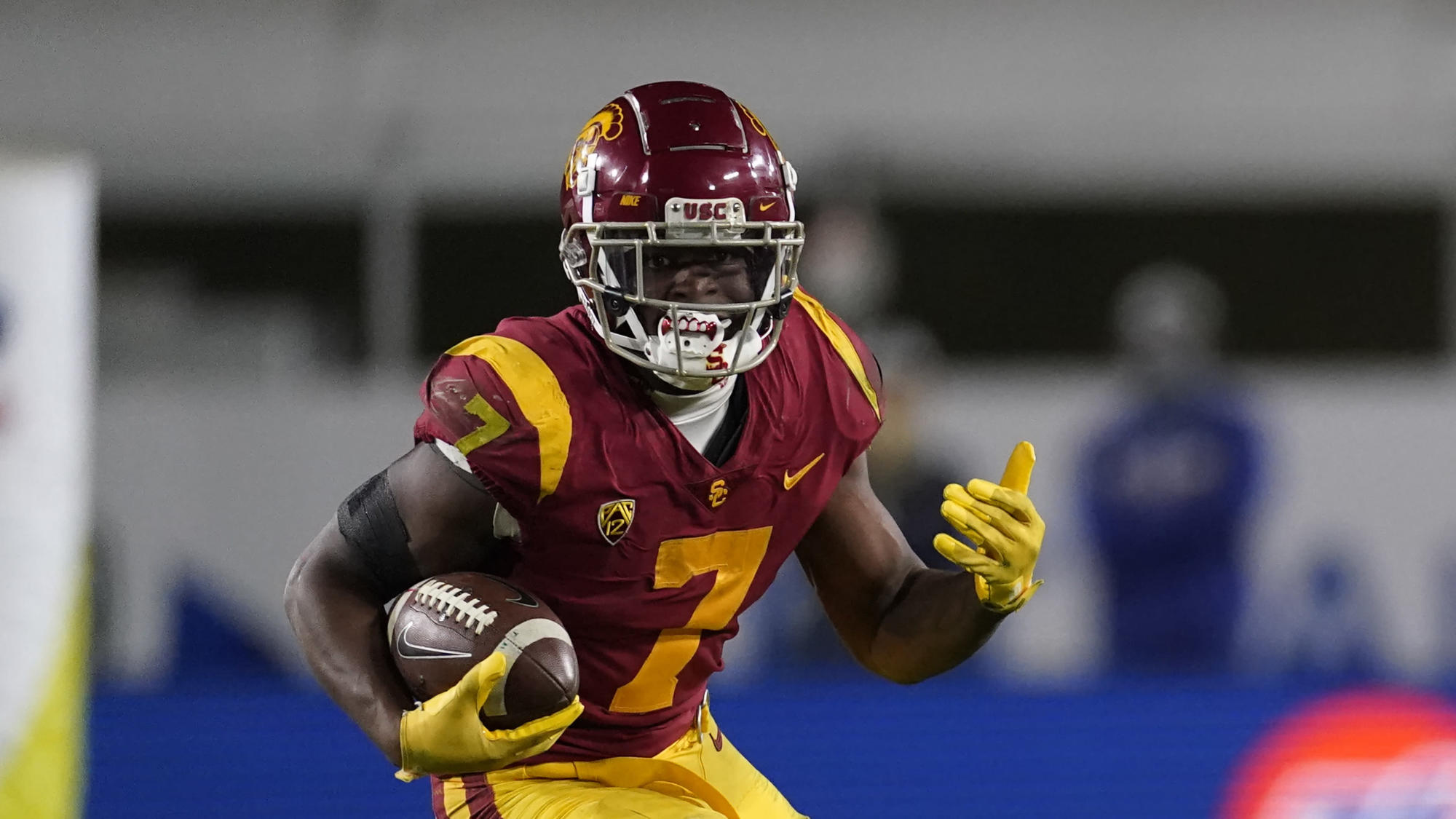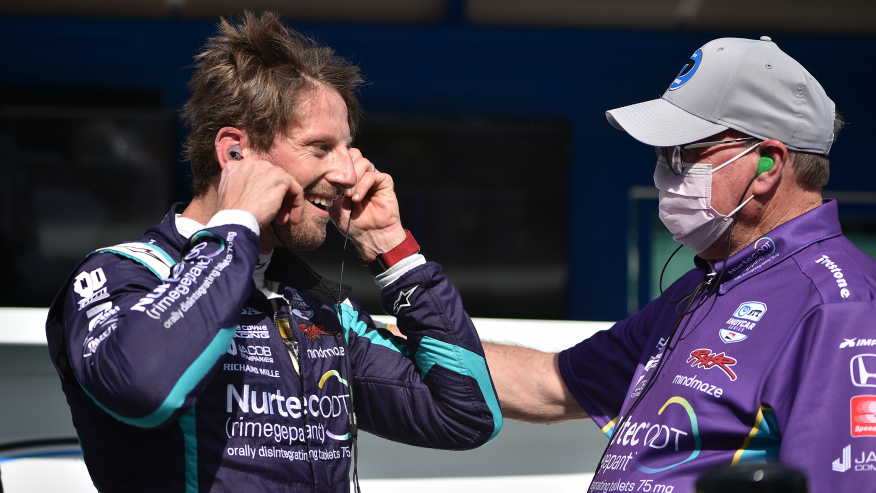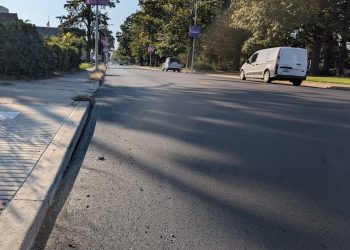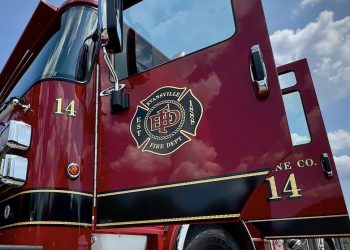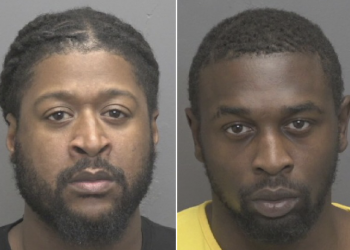Indianapolis, Indiana – The predominantly African-American neighborhood of Martindale-Brightwood on the east side of Indianapolis has undergone considerable changes recently.
The history of the area stretches back to the early 1900s when a large number of Black people moved there along with a variety of white immigrants after leaving the Jim Crow South in search of better prospects. It was one of the few communities in Indianapolis where Black people could own a home. It was a blue-collar community with a predominance of industrial employees.
A longtime resident and college lecturer, Clete Ladd. He returned to the area after serving in the military and started compiling information for his historical collection and records of the cherished neighborhood.
“Frederick Douglass Park is so historic. The park has not only been a center of community but education. There were things we learned at Douglass Park that we didn’t learn in school,” Ladd said.
By the 1930s and throughout the 1960s, the neighborhood had a thriving black community. With leaders like Andrew J. Brown, the pastor of St. John’s Missionary Baptist Church, who worked with Dr. Martin Luther King Jr., it played a vital part in the civil rights struggle.
Ladd thought back to one of the numerous church events he had gone to in his younger years.
“We were invited to hear Dr. King when he came into town. I didn’t realize it then be we were a part of history,” Ladd said.
Even while the neighborhood is still primarily Black today, things have changed. The community suffered from poverty, unemployment, and crime as it dwindled. However, recent years have seen some reinvestment.
There are still a few ancient structures and monuments in the region, such as St. Rita Catholic Church, which has served as the center of the Black Catholic community for many years.
“It was an old Irish Catholic Church in a poor Irish neighborhood, a black neighborhood, and an extension of St . Bridget Catholic Church,” historian Sampson Levingston explained.
Denise Gavia-Currin, St. Rita’s administrative assistant, claims that segregation was in place when the church was founded.
“It was built for the Black African community because it couldn’t sit in the front (in other churches). We had to always sit at the back,” Gavia-Currin said.
Levingston gives tours and listens to oral histories from the last remaining ancestors of residents who can describe directly what life was like in the area decades ago. He claims that Martindale-remaining Brightwood’s historical sites serve as a reminder of the people and circumstances that shaped the neighborhood.
“Black people were kind of forced — not kind of, they were forced — into these neighborhoods where they had to live and create their churches, schools, and our community,” Levingston said.
Sampson arranges group excursions through Martindale-Brightwood that act as a bridge between the past and present in an effort to preserve the neighborhood’s culture and traditions.
“I see change is coming. I see parts of the history maybe being lost or erased, but also an extremely prideful community,” Levingston said.
